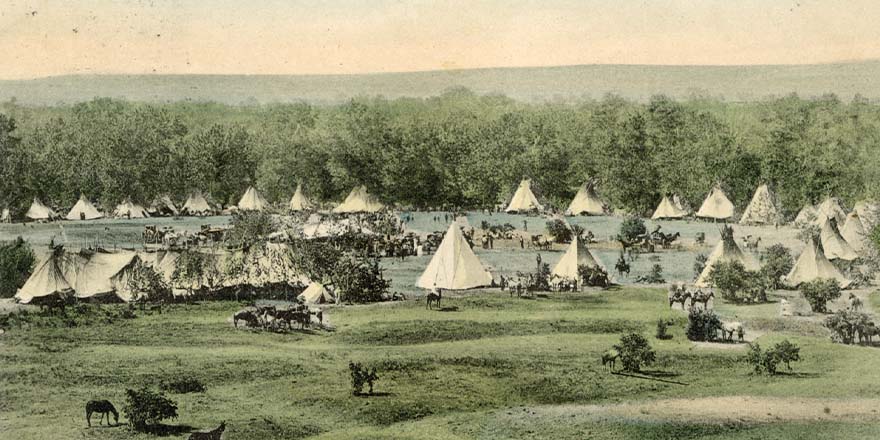About kwalk ineet

In the Walla Walla Sahaptin language, the Long Tent is known as “kwalk ineet” and is distinct to Native American tribes of the Columbia Plateau.
The Long Tent has a 1,000-year history and legacy, evolving over time. This modern long tent community structure is a cotton canvas-covered version of the original tule mat lodge or longhouse, which was constructed using mats made of tule (a type of reed) that was abundant along rivers and marshes in the Plateau Region of North America and Canada. The tribes who lived in the different tule mat lodge-style houses included the Yakama, Walla Walla, Spokane, Palouse, Nez Perce, Modoc, Klamath, Coeur d’Alene and Cayuse people.
Over time, the Long Tent evolved to meet the needs of the hardworking plateau people. They needed to be able to build the structure and take it down quickly and efficiently as they moved through diverse landscapes to harvest foods and secure resources seasonally. The tent also became a community gathering place—growing to its very long pyramidal shape, like the Long Tent that sat on Whitman College’s Ankeny Field in the spring of 2022.
During the active seasons of the year, the Long Tent offered a place where the tribes could pool their energy and resources and care for their extended families. In the winter months, the focus in the tent turned more to teaching skills, sharing history and cultural wisdom through oral storytelling, and nurturing the mind, body and spirit of the individual and community.



